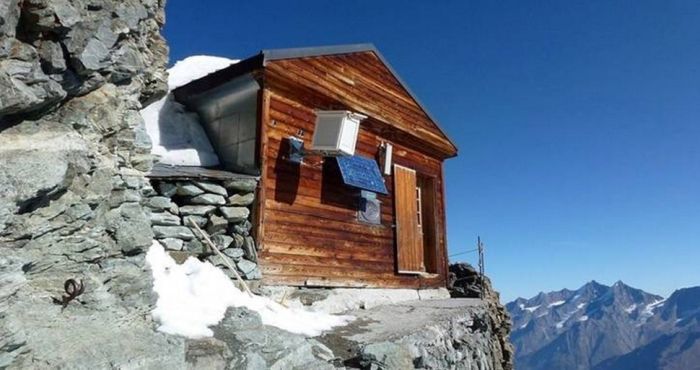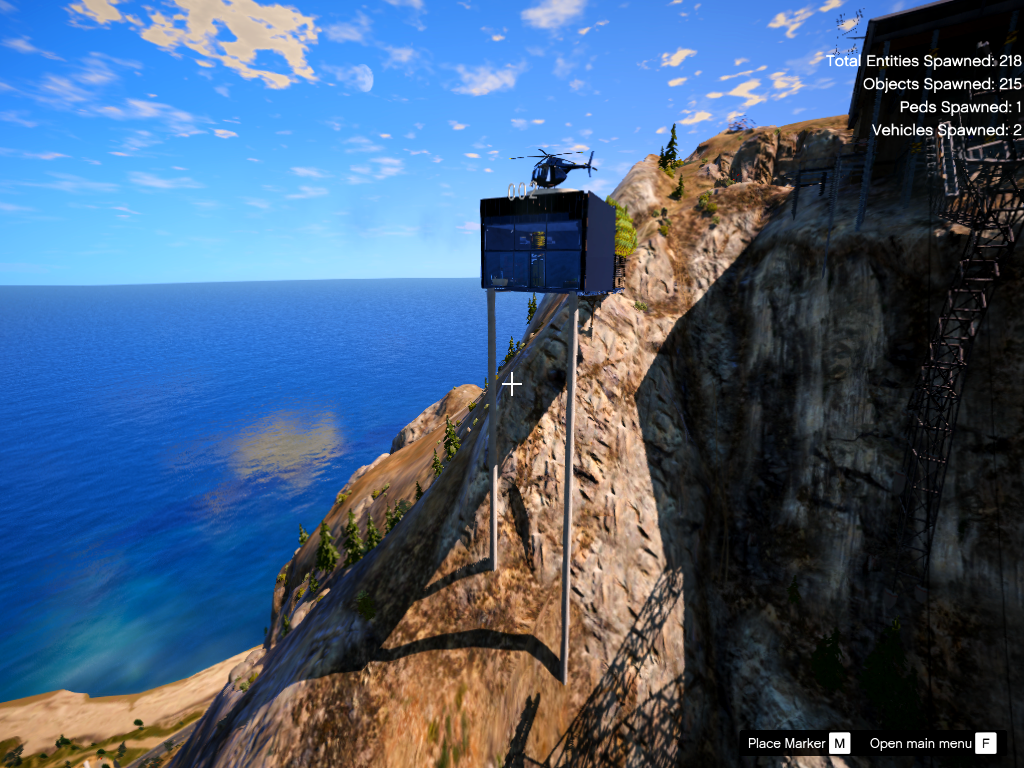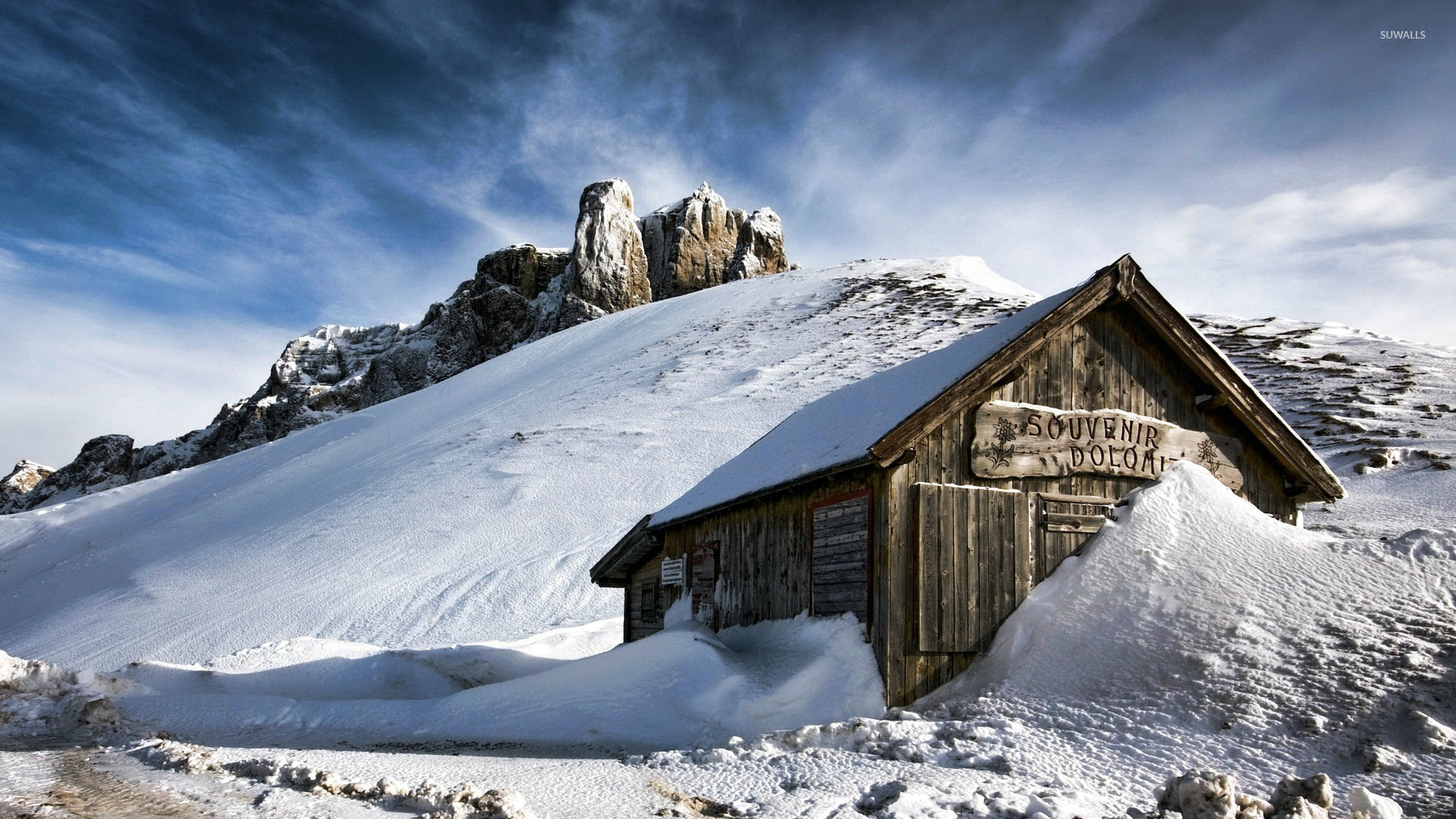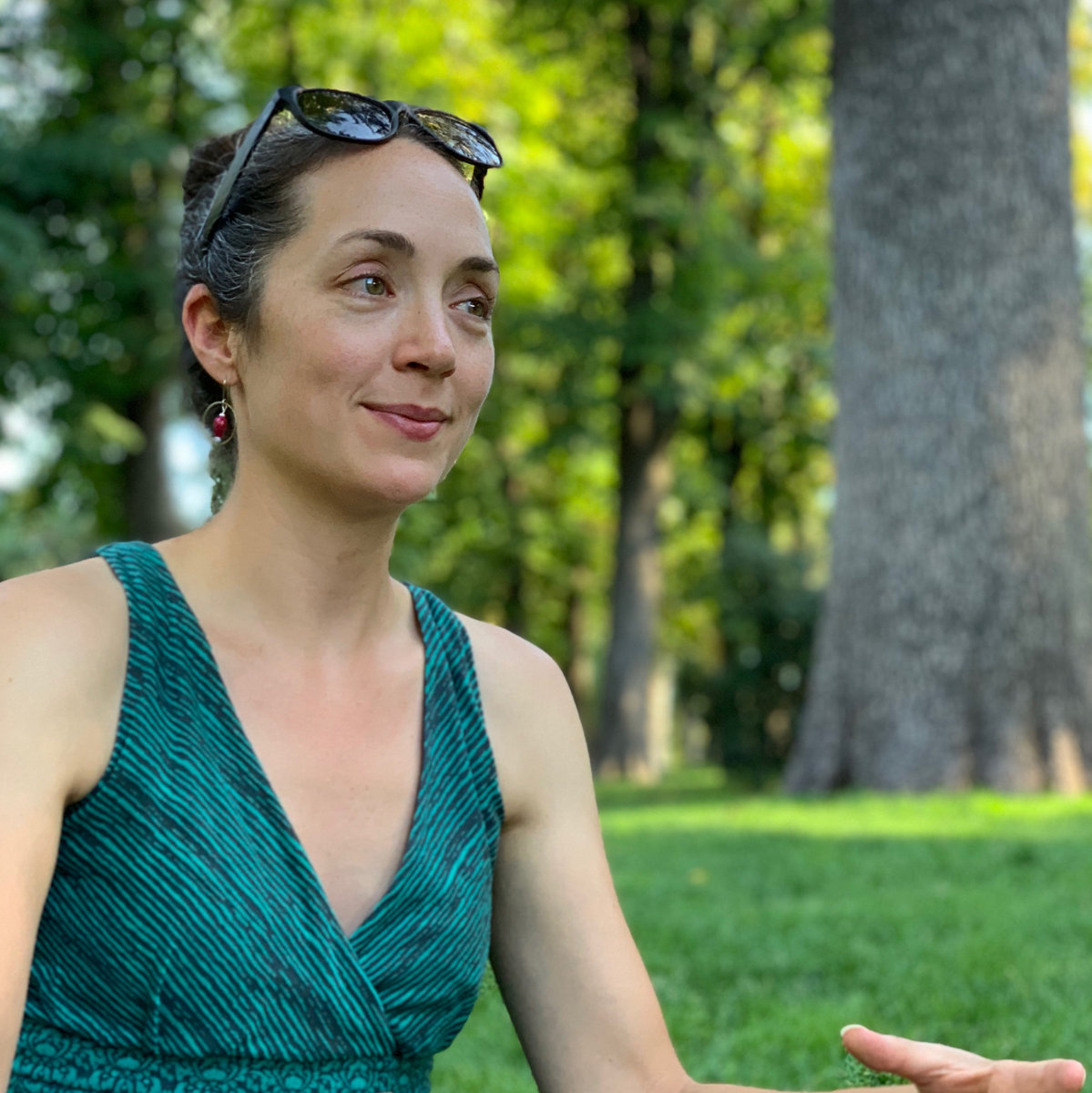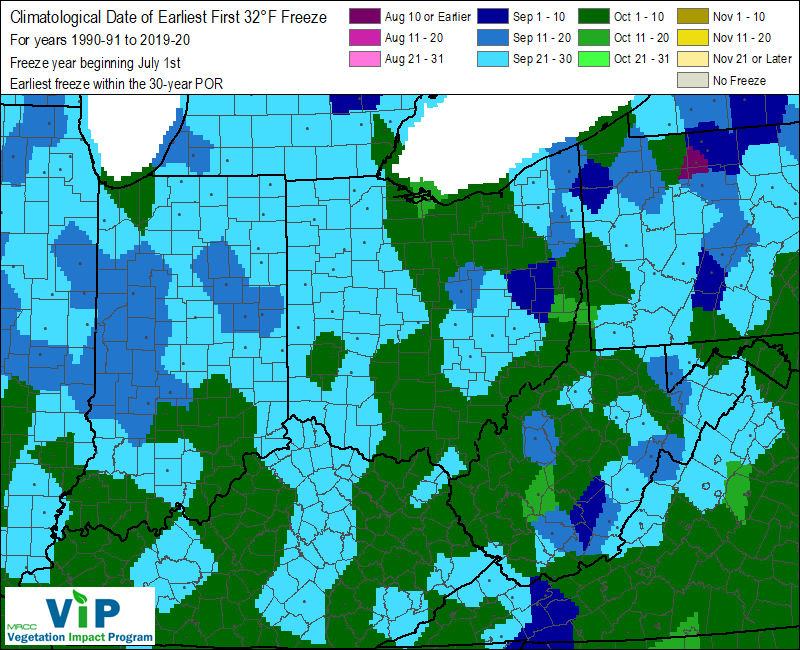Table Of Content

Its seven branches are named Blest (36 km2 or 14 sq mi), Huemul (21.5 km2 or 8.3 sq mi), de la Tristeza (18.5 km2 or 7.1 sq mi), Campanario (7.9 km2 or 3.1 sq mi), Machete, del Rincón and Última Esperanza. It is connected to other smaller lakes such as Gutiérrez, Moreno, Espejo and Correntoso. The deep-blue waters hold a number of islands, most notably Isla Victoria [es] with an area of 31 km2 (12 sq mi), and Isla Huemul on the south end of the lake. But the history of Rustic Canyon does not belong solely to the inhabitants of Murphy Ranch, which was raided the day after Pearl Harbor in 1941, and eventually abandoned fully by 1948.
Collections by INALCO
Bustillo also built other houses for Nazi fugitives who were later aprehended in the area. The terrain in which the house was erected, on Bajia Istana near the little town of Villa La Angostura, was quite remote and hardly accessible at the time. In March 1954, Clarence “Buck” Stahl and Carlotta May Gates drove from Los Angeles to Las Vegas and got married in a chapel.
Designing Immersive Gatherings With Zach Morris of Third Rail Projects
On our way through the property, we also stopped by an old abandoned farmhouse, reportedly once part of the neighboring Boy Scout Camp Josepho. The parcel of land that houses Murphy Ranch is technically owned by the City of Los Angeles, whose parks department has begun some rehabilitation and graffiti abatement work. But he said he did not think it was ever used, as the Nazis found they could live in relative comfort in Argentine cities rather than have to hide in a remote jungle fortress.
Trove of Nazi Artifacts Found in Secret Room of Argentina Home
It also had a ramp that led into the lake, with a boat house that was rumored to contain a hydroplane. The Trozzo family is now selling the house and the original plans have now been published, along with the Hitler legend recently resuscitated by Grey Wolf, perhaps in an effort to increase the interest on the property. Ariel Cohen Sabban, president of the Argentine Jewish organization DAIA, tells the AP that the recently discovered Nazi collection offers “irrefutable proof” that other Nazi leaders were present in Argentina after WWII, evading justice for their terrible crimes. Argentine security minister Patricia Bullrich tells the AP that authorities also found photographs of Hitler with several items in the collection. “This is a way to commercialize them, showing that they were used by the horror, by the Fuhrer,” she says.
Hitler's Secret Argentine Sanctuary Is for Sale, Say Conspiracy Theorists - Gizmodo
Hitler's Secret Argentine Sanctuary Is for Sale, Say Conspiracy Theorists.
Posted: Wed, 16 Nov 2011 08:00:00 GMT [source]
They each worked in aviation (Buck in sales, Carlotta as a receptionist), had previous marriages, and were strapping, tall, and extremely good looking—California Apollonians out of central casting. Back home in L.A., as the newlyweds pondered their future, they became preoccupied with a promontory of land jutting out like the prow of a ship from Woods Drive in the Hollywood Hills, about 125 feet above Sunset Boulevard. It was as conspicuous as it was forbidding, visible from the couple’s house on nearby Hillside Avenue. For the Stahls, it became the blank screen on which they projected their dreams of a life together, a place to build a future, a family, and a house like no other. Hundreds of Nazis and fascists, some of them wanted war criminals, were allowed to enter Argentina by the president at the time, Juan Peron.
Any visitor to Bariloche will at once be impressed by the Alpine-style architecture that is present all over the city and region. This is not only due to the climatic nature of this mountainous region and the proliferation of wood with which to construct buildings, but also due to the European heritage of the area, which saw many German immigrants settle here in the late 1800s. Bariloche grew around a shop owned by German settler Carlos Wiederhold called La Aleman – or The German – and as such many German-speaking immigrants from Austria, Slovenia, and of course Germany itself chose Bariloche to settle in. “We have turned to historians and they’ve told us it is the original magnifying glass” that Hitler was using, said Nestor Roncaglia, head of Argentina’s federal police.
Found: A Secret Nazi Hideaway in the Heart of an Andean Jungle
Conspiracy theories about the death of Adolf Hitler, dictator of Germany from 1933 to 1945, contradict the accepted fact that he committed suicide in the Führerbunker on 30 April 1945. Stemming from a campaign of Soviet disinformation, most of these theories hold that Hitler and his wife, Eva Braun, survived and escaped from Berlin, with some asserting that he went to South America. In the post-war years, the United States Federal Bureau of Investigation (FBI) and Central Intelligence Agency (CIA) investigated some of the reports, without lending them credence. The 2009 revelation that a skull in the Soviet archives long (dubiously) claimed to be Hitler's actually belonged to a woman has helped fuel conspiracy theories. About two months after their dash to Las Vegas, the Stahls decided to drive up to this mystery spot and have a look around. They found themselves gawping at the entirety of Los Angeles spread out below in a grid that went on for an eternity or two.
INALCO articles
In 1998, DNA tests showed that bones recovered in Berlin were Bormann’s, confirming reports that Hitler’s secretary had been killed while fleeing the bunker on 2 May 1945. For a start, the dilapidated buildings were not recently “discovered” – they have actually been open to the public for decades, along with other ruins which date back to the 17th and 18th century settlements established by Jesuit missionaries – and which give the region its name. Not far from the “Nazi” site are the remains of San Ignacio Miní, a Baroque monastery which is one of the area’s most-visited tourist attractions. This weekend, however, reports that archaeologists were examining three recently discovered stone buildings in the jungle of Argentina’s northern Misiones province seemed at last to provide evidence that the notion could have a base in fact. Kopps was connected to Erich Priebke, former Hauptsturmführer in the Waffen SS who participated in the massacre of the Ardeatine caves in Rome, in which 335 Italian civilians were executed after a partisan attack against SS forces. Additionally, the northwest shore of the lake is the site of an isolated house sometimes alleged to have been occupied by Nazi dictator Adolf Hitler following his purported escape from Berlin in April 1945.
Authorities did not identify the collector, who remains free but under investigation by a federal judge. Among the disturbing items were toys that Bullrich said would have been used to indoctrinate children, a large statue of the Nazi Eagle above a swastika, a Nazi hourglass and a box of harmonicas. Some 75 objects were found in a collector’s home in Beccar, a suburb north of Buenos Aires, and authorities say they suspect they are originals that belonged to high-ranking Nazis in Germany during World War II. Some works claim that Hitler and Braun did not commit suicide, but actually escaped to Argentina. Get HISTORY’s most fascinating stories delivered to your inbox three times a week. The complex was completely autonomous, with its own animals and agricultural areas.

He also dismissed the local legend that Hitler's private secretary Martin Bormann had lived there. But they settled in comfortable suburban homes outside Buenos Aires, like the cozy chalet Eichmann lived in with his family at 4261 Chacabuco Street in the middle-class northern suburb of Olivos, where many other Nazi officers also settled. Thousands of former SS officers and former Nazi party members were welcomed with open arms by Argentina’s then-president Juan Perón, who sent secret missions to Europe to rescue them from Allied justice between 1945 and 1950. The Bormann story is based on files sold by Argentinian police officers to Hungarian historian Ladislas Farago in the 1970s, but those files are widely held to be fakes.
We depend on ad revenue to craft and curate stories about the world’s hidden wonders. In addition to the road that leads down from the wrought iron gate entrance, there are several concrete stairways that provide access points from the fire road above down in to the canyon. Signs of the artist colony that took up residence down here in the late 1960s and early 1970s are also evident, including an abandoned VW bus. That includes fencing off the iconic Murphy Ranch power house, left empty when its diesel engines (used for generating power for the compound) were removed years ago. A fresh coat of municipal gray paint has covered up the façade of the power house, but the graffiti on the exterior side walls, roof, and interior still remain… for now.
Now a massive cache of original Nazi artifacts—including a photograph of Adolf Hitler and a ghoulish cranial-measurement device—has turned up in a secret room in a suburb outside of Buenos Aires, the capital. It appears to be the largest discovery of original Nazi artifacts in Argentina’s history. As with many of Wright's residences, Hollyhock House has an "introverted" exterior with windows that seem hidden from the outside, and is not easy to decode from the outside. The house is arranged around a central courtyard with one side open to form a kind of theatrical stage (never used as such), and a complex system of split levels, steps and roof terraces around that courtyard. The design features exterior walls that are tilted back at 85 degrees (which helps provide a "Mayan" appearance sometimes referred to as the Mayan Revival style), leaded art glass in the windows, a grand fireplace with a large abstract bas-relief, and a moat. Water is meant to flow from a pool in the courtyard through a tunnel to this inside moat, and out again to a fountain.
On June 8, Argentine police, in conjunction with international police force Interpol, raided the home of an undisclosed collector in the suburb of Béccar. There, behind a bookshelf leading to a secret passageway, they discovered a hidden room containing approximately 75 Nazi artifacts, including a magnifying glass that is believed to have been used by Adolf Hitler himself. But perhaps the most famous and brazen Nazi that resided in Bariloche was Erich Priebke, an SS commander who escaped to Argentina on papers issued by the Vatican. He lived freely in Bariloche for 50 years, rising to become the director of the town’s German school, Colegio Aleman. Priebke led a blissful life in Patagonia until he was tracked down by ABC News reporter Sam Donaldson in 1994, who confronted him in the street, after which he was put under house arrest by Argentine authorities until he was extradited to Italy after about a year. Reinhard Kopps was another Nazi living in Bariloche who was uncovered by the Donaldson team, and he was actually the one who ratted Priebke out to the newscasters.
Among the illicit objects was a bust of Adolf Hitler, a knife with Nazi markings, toys that would have been used to indoctrinate children, a statue of the Nazi eagle, and magnifying glasses packed away into boxes stamped with swastikas. One of the more disturbing artifacts was a medical device used to measure head size. Anthropometry, or the study of the proportions of the human body, was of keen interest to the Nazis, who used their measurements as “proof” of Aryan superiority, Maurice L. Wade writes in Race and Racism in Theory and Practice.
Mr Schavelzon told Clarin that his team thought previous theories, such as that the building had been built by Jesuit priests, were "too simplistic". Archaeologists are trying to determine whether ruined buildings in a remote nature reserve in Argentina were built as a hide-out for German Nazi officers. As Soviet tanks rolled into Berlin in the spring of 1945, Adolf Hitler and his new wife Eva Braun escaped from their underground Führerbunker through a secret tunnel. The team notes that the site may have been desirable to the Nazi leadership because of its remoteness and its proximity to Paraguay. “Finding 75 original pieces is historic and could offer irrefutable proof of the presence of top leaders who escaped from Nazi Germany,” Cohen told the AP. The investigation that culminated in the discovery of the collection began when authorities found artworks of illicit origin in a gallery in north Buenos Aires.
The Pico House is a historic building in Los Angeles, California, dating from its days as a small town in Southern California. Located on 430 North Main Street, it sits across the old Los Angeles Plaza from Olvera Street and El Pueblo de Los Ángeles Historical Monument. Adding a countertop basin is one of the simplest ways to instantly add a look of modernity to a new bathroom design. Disillusioned by the costs of construction and maintenance, Barnsdall donated the house to the city of Los Angeles in 1927[8] under the stipulation that a fifteen-year lease be given to the California Art Club for its headquarters. The club was there until 1942 when the house was almost demolished.[9] The house has been used as an art gallery and as a United Service Organizations (USO) facility over the years. Beginning in 1974, the city sponsored a series of restorations, but the structure was damaged in the 1994 Northridge earthquake.


